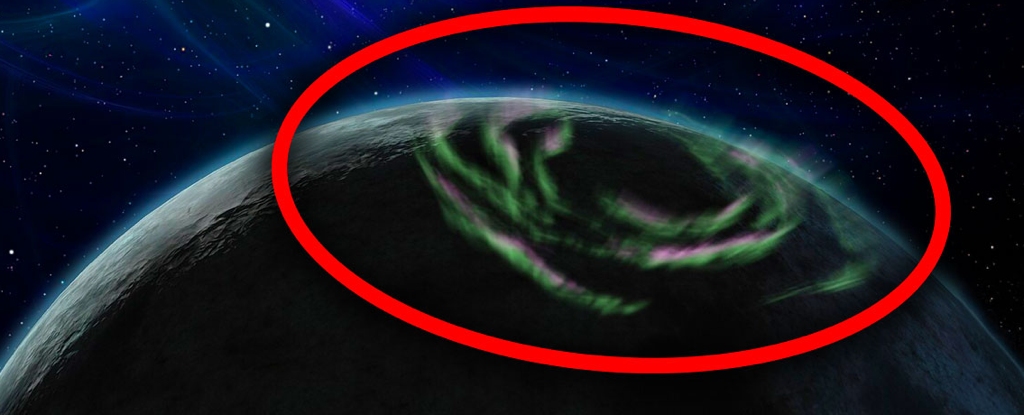
Recent months have gifted us with captivating aurora spectacles. These mysterious lights result from solar-charged particles traversing through space, creating a luminous effect upon reaching the Earth’s atmosphere and causing the gases to emit a radiant glow.
Scientists now propose the possibility of discovering auroras on exoplanets orbiting pulsars, with the potential for detectability.
Pulsars are the remnants of massive stars that have completed their life cycle. Throughout the majority of a star’s existence, it produces increasingly heavier elements in its core. The outward pressure from thermonuclear reactions balances the force of gravity.
Throughout its evolution, gravity ultimately triumphs, leading to the star’s implosion. The resulting shockwave causes the star to disintegrate, leaving behind a swiftly rotating, massive neutron. This neutron emits a pulsating beam of radiation as it rotates, and we refer to these phenomena as pulsars.
The initial discovery of exoplanets occurred in the vicinity of pulsars. Astronomers identified these planets by examining the radiation pulses emitted by their host stars, detecting subtle irregularities in their typically precise rhythm. The culprit behind these irregularities? Planets orbiting the pulsar.
In a recent publication on December 7th, a group of Swiss scientists introduced a novel idea through a new paper. They suggest that exoplanets orbiting pulsars might undergo auroras, with the proposal based on simulations of their magnetic environment.
While the majority of pulsars traverse space solo, a minute fraction, roughly 0.5 percent, are believed to have planetary companions. The paper delves into efforts to simulate the magnetic dynamics between pulsars and their planets, aiming to gauge the extent of electromagnetic radiation emitted in the process.
The simulations concentrated on millisecond pulsars and their associated planets, exploring the potential for detecting planets through radio emissions.
The research focused on two potential planets lacking their magnetic fields: those with conductive surfaces and those with electrically neutral surfaces. The radio flux density (energy flow measured in Jansky units) ranges from approximately 0.1 mjy to 30 mjy (milli-Jansky). The team concluded that the frequency falls above the plasma absorption threshold but below the ionosphere-blocking level.
The findings were optimistic; based on the simulations, the team demonstrated that planets orbiting millisecond pulsars are indeed observable using existing radio telescope technology.
LOFAR (Low-Frequency Array) and the upcoming advancements in SKA (Square Kilometre Array) are certainly equipped with a minimum sensitivity of approximately 0.1mjy and 0.001mjy, respectively. There is also the potential for detecting any auroras within the system.
This content was first published on Universe Today.





